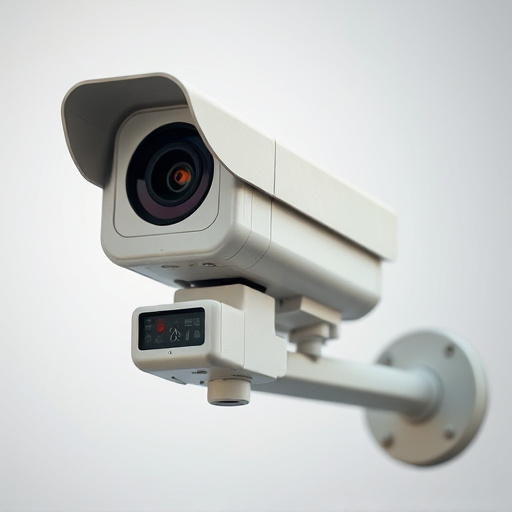Dummy cameras that look authentic offer an affordable and subtle security solution for homes and businesses, acting as powerful deterrents without recording. Strategically placed, these realistic cameras blend into the environment, enhancing property protection while avoiding unnecessary attention. Balancing legal and ethical considerations, such as understanding privacy laws and transparent use, is crucial when setting up dummy cameras that look authentic.
In today’s digital era, enhancing home security has become paramount. One innovative approach gaining traction is the strategic placement of dummy security monitoring devices, particularly high-quality Dummy Cameras That Look Authentic. This article delves into the world of these realistic fakes, exploring their purpose and various types available in the market. We’ll guide you through a step-by-step setup process and highlight critical legal and ethical considerations to ensure effective yet responsible installation.
- Understanding Dummy Cameras and Their Role
- Types of Fake Security Devices on the Market
- Setting Up Authenticity: A Step-by-Step Guide
- Legal and Ethical Considerations for Installation
Understanding Dummy Cameras and Their Role
Dummy cameras, often referred to as fake security monitoring devices, are an innovative solution for those seeking enhanced home or business security without breaking the bank. These realistic-looking surveillance cameras serve as an effective deterrent against potential intruders, as they closely mimic genuine security systems. Crafted with meticulous attention to detail, dummy cameras that look authentic can be virtually indistinguishable from real cameras at first glance.
They offer a subtle yet powerful way to protect your property by tricking would-be thieves into believing they are being watched. Positioned strategically around your premises, these fake security devices provide peace of mind and an added layer of safety. Moreover, their unassuming appearance ensures they blend seamlessly into the environment, remaining largely unnoticed until someone attempts to manipulate or damage them.
Types of Fake Security Devices on the Market
The market is flooded with various fake security monitoring devices, designed to look like authentic surveillance equipment but lacking any real functionality. Among these, dummy cameras that look authentic are one of the most popular choices for individuals and businesses aiming to deter potential intruders or create the illusion of enhanced security. These artificial cameras mimic the appearance of genuine security cameras, often featuring intricate details such as LED indicators, adjustable mounts, and high-definition lenses, making them nearly indistinguishable from real ones at first glance.
However, it’s crucial to note that these dummy cameras do not offer any actual video monitoring or recording capabilities. They are primarily visual deterrents, relying on their realistic design to fool would-be thieves or vandals into believing they are under constant surveillance. This strategy can be effective in preventing crime, as the presence of security cameras is known to act as a powerful deterrent in many situations.
Setting Up Authenticity: A Step-by-Step Guide
Setting up a fake security monitoring device, particularly dummy cameras that look authentic, is a straightforward process that can significantly enhance your home or business’s security perception. Start by selecting cameras with features like infrared illumination and 1080p resolution to mimic real surveillance equipment. Place these cameras in strategic locations around the premises, ensuring they offer clear views of entry points and common areas.
Next, connect the cameras to a reliable power source and configure them using an app on your smartphone or tablet. Test each camera’s functionality, including motion detection and live video feed. Once satisfied with their performance, mount them securely, ensuring they appear fixed and natural. Regularly monitor the feeds to maintain the illusion of constant surveillance, enhancing the overall security posture of your space.
Legal and Ethical Considerations for Installation
When setting up a fake security monitoring device, such as dummy cameras that look authentic, it’s crucial to consider both legal and ethical implications. Different jurisdictions have distinct laws regarding surveillance and privacy, so understanding local regulations is paramount. Installing hidden cameras or any form of monitoring device without consent can lead to severe legal repercussions, including fines and imprisonment. It’s essential to ensure that the installation complies with all applicable privacy laws, especially when capturing images or footage of individuals or sensitive areas.
Ethically, the use of dummy cameras should be transparent to avoid misleading or causing unnecessary alarm. They should not be used as a substitute for genuine security measures but rather as supplementary tools. Organizations or individuals employing these devices must prioritize open communication and transparency with stakeholders to maintain trust and integrity in their operations.
In conclusion, while dummy cameras that look authentic can serve as effective deterrents for potential intruders, it’s crucial to approach their installation with legal and ethical considerations in mind. By understanding the types of fake security devices available and following a comprehensive setup guide, homeowners can bolster their home security without compromising integrity or running afoul of the law.
